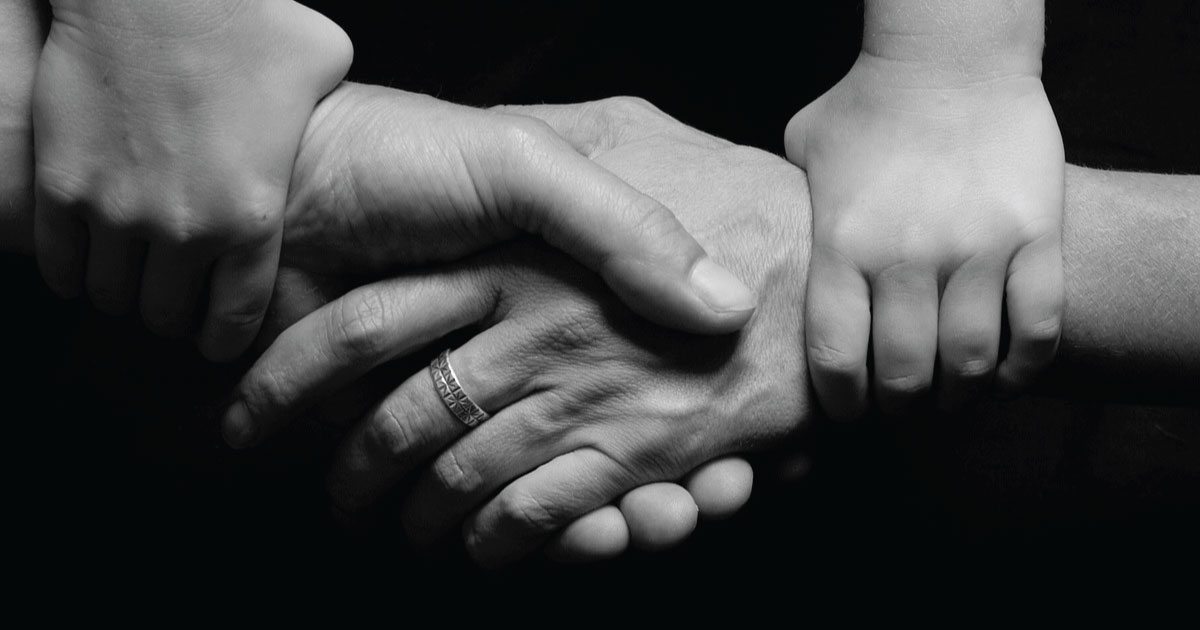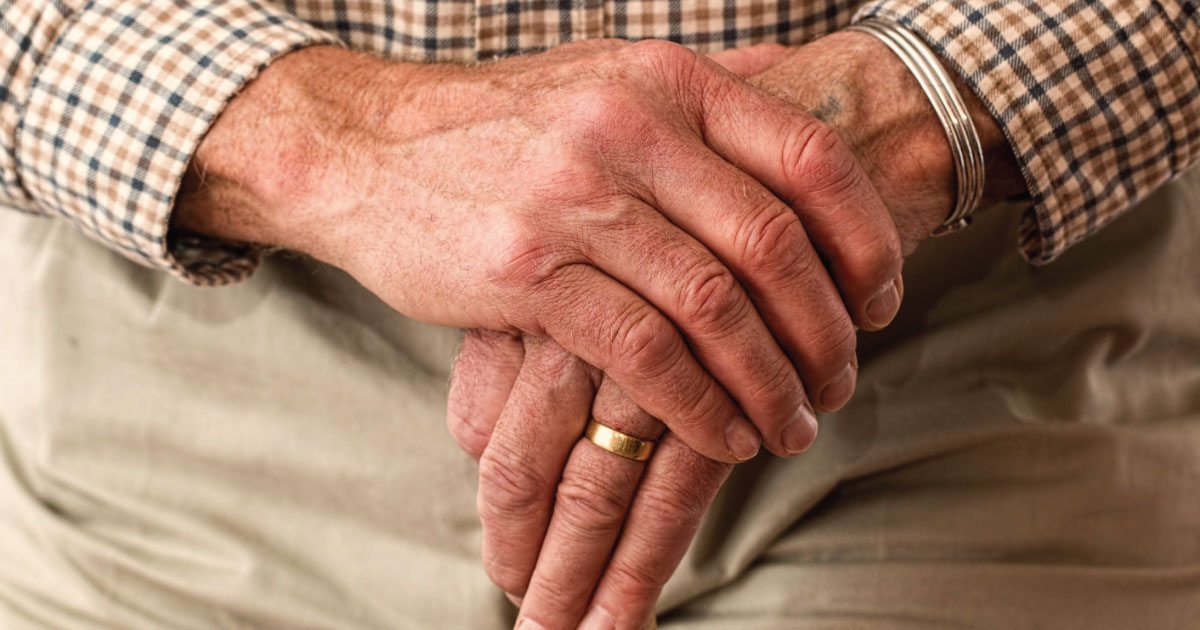Month: January 2015

Global Mesothelioma Rates Increasing in Many Countries, Italian Researchers Say
Mesothelioma incidence is on the rise in several nations, data show, but a lack of data for some of the world’s most populous countries, among other factors, obscures the true risk of asbestos exposure worldwide.
That’s the conclusion reached by Claudio Bianchi and Tommaso Bianchi of the Center for the Study of Environmental Cancer in Monfalcone, Italy in an article published in the Indian Journal of Occupational & Environmental Medicine. It is based on their analysis of data on mesothelioma incidence in Europe and Oceania as well as parts of Asia, the Middle East, and South America.
https://www.ncbi.nlm.nih.gov/pmc/articles/PMC2847331/
“The most recent data available on mesothelioma epidemiology show that in many counties the incidence of the tumor does not present signs of attenuation,” write the researchers.
Countries with high mesothelioma incidence rates include the United Kingdom, The Netherlands, Malta, Belgium, Australia, and New Zealand—countries that, with the exception of New Zealand, have banned asbestos.
Intermediate mesothelioma incidence rates were found in several European countries and the United States, where diagnoses peaked in 2005 at 3,284 but have since declined somewhat. Low incidence and mortality rates were reported for other European countries and parts of Asia, including Japan.
But as the researchers caution, a lack of data for a number of populous countries where asbestos is still not banned (e.g. Russia, China, Brazil, Indonesia, and India) calls the data’s reliability into question.
“On the basis of global asbestos consumption in the last decades, one may predict that a further mesothelioma wave will involve large geographic areas,” write the Italians. “These are exactly the same for which data are not at present available.”
The reliability of the data is also reduced by the difficulty of diagnosing mesothelioma and huge variations in incidence from one area of a country to another, something that the researchers say makes incidence rates at a national level misleading. Italian data from 1988-1997 show, for example, pleural cancer mortality rates that differ by 40 fold from one Province to another. According to the study authors, mesothelioma cases are typically clustered around asbestos-intensive industries such as factories and shipyards.
In Japan, however, a country heavily involved in shipbuilding throughout the 20th century, low mesothelioma incidence does not square with asbestos use history. The Bianchis theorize that this underestimation is attributable to “inadequate registration of the death causes” previously detected in Japan. Other countries with large 20th century shipbuilding industries but low mesothelioma incidences are Poland and Spain.
A final statistical factor to consider is mesothelioma incidence among age classes. The Bianchis cite a 2013 report on mesothelioma in the United States that found an annual mesothelioma incidence rate that increased with age. In the period 2003-2008 the incidence rate was 8.34 per 1,000 for the age class 65-74, 17.07 for the class 75-84, and 17.62 for the class 85+.
This reflects the long latency period of mesothelioma, which does not develop for 15-60 years following initial exposure to asbestos. It also reinforces the ideas that the phasing out of asbestos use may still be followed by a decades-long upward trend in asbestos disease incidence.
The full article, “Global mesothelioma epidemic: Trends and features,” can be read on the Indian Journal of Occupational & Environmental Medicine website.
https://www.fightmesofoundation.com/

Turn Gossip into an Opportunity to Advocate for Mesothelioma Patients
People talk. It’s what we do. We discuss the weather, current events, and even each other. That’s where things can start to get out of control. An innocent conversation can spiral into a story that is far from the truth. People feel that they have the right to share details that may have been told in confidence. But that information can be misinterpreted and gossip begins to run rampant.
Since my Dad’s battle with mesothelioma, I have found myself to be fiercely protective of the ins and outs of my life, only sharing details with close family members and friends. Since mesothelioma is such a rare disease, the details of this ailment lends itself to confusion; however, hearing things about yourself and your family that simply aren’t true is a painful experience, and one that should never happen.
Words have the power to build up and to tear down. They can mend relationships or break them apart. We need to be increasingly mindful of the power of words, especially in such sensitive situations as a medical diagnosis.
If you find yourself in a situation where information about you or your loved one has been misconstrued, do your best to see it as an opportunity to educate and advocate. Maybe this is a chance to share your true story that could eventually help someone else. This could be the eye-opener that causes someone to ponder the dangers of asbestos. Use this unfortunate event as a catalyst for change.

The Conversation Project May Help Start End-of-Life Discussion for Mesothelioma Patients
Everyone knows on some level they are going to die, yet we rarely tackle the subject head-on. But one organization has started a movement that hopes to open a dialogue on death.
The project, started by a group of media, clergy, and medical professionals, is dedicated to helping people talk about their wishes for end-of-life care. There are facts that support that what we say we want at the end is not what is happening. Most Americans die in the hospital – around 70% of deaths occur there. Is that what people really want?
There is a movement to make death not just a medical experience, but a human experience. The Conversation Project, a public awareness campaign that works with the Institute for Healthcare Improvement, aims to get people talking about their end-of life-choices. There are a lot of reasons to make this a priority- the benefits of giving patients and families comfort and peace at a stressful time, saving money, reforming health care. A Conversation Project survey conducted last year, found that while 90% of Americans think it’s important to talk with relatives about end-of life decisions, only 30% have had the conversation.
As a way to get the conversation started, The Conversation Project is offering a campaign entitled, “Death over Dinner.” The week of dinner parties, held from January 1-7, is to “encourage Americans to pick a date on which to fill their tables with comfort food, family, and friends and start talking about how they want to live the last days of their lives.” Kits are available online at TheConversationProject.
Anyone diagnosed with mesothelioma is confronted with their mortality. Examining what they want can be a gift that helps their loved ones and honors their wishes- and it can all be started with a conversation over dinner.
Changing how we as a culture view death, and how we treat it, starts with the reality that it will happen, so let’s talk and eat and make our individual wishes known!
If you have any questions about any aspect of your mesothelioma care, please email me at [email protected].
(Photo credit: The Conversation Project)

Comprehensive Meso Center Established at West Los Angeles VAMC
The Comprehensive Mesothelioma Center (CMC) at the West Los Angeles Veterans Administration Medical Center (VAMC) provides veterans stricken with asbestos cancer access to specialized services and an unprecedented high standard of care. There’s just one problem: most veterans have never heard of the Center.
There is no mention of the Center on the VA website and even many doctors in the VA system aren’t aware that the Center exists.
The Comprehensive Meso Center in West Los Angeles specializes in the treatment of malignant pleural mesothelioma (MPM), an aggressive and incurable cancer of the pleura (the lining of the lungs) caused by exposure to asbestos. Approximately one-third of the 3,500 Americans diagnosed each year with mesothelioma are former military members, and yet the US Government has never fully funded a medical program dedicated to veterans with asbestos cancer.
Advocates of the Comprehensive Meso Center in West LA are hoping to obtain $5 million in annual funding to expand the Center through a petition aimed at VA Secretary Robert A. McDonald. Supporters ask that it be called the “Elmo Zumwalt Comprehensive Mesothelioma Treatment & Research Center” in honor of Admiral Elmo A. Zumwalt, Jr., the youngest-ever chief of Naval Operations, who died of mesothelioma in 2000.
Son of Veteran Killed by Meso Says VA Has Failed to Publicize Specialty Center
One of the most outspoken advocates of VA-funding for the Center is Michael Johnson. Michael lost his father, Marine Corps veteran John Johnson, to mesothelioma in 2012. John received treatment at VA hospitals in North Las Vegas and Long Beach, but by the time his family learned of the Comprehensive Mesothelioma Program in West Los Angeles, his cancer was beyond treatment.
Michael says that his goal is to prevent something similar from happening to another veteran. He believes that his father would be alive today if John had access to mesothelioma specialists and has been lobbying the VA to provide better information about the services available at the West LA Center through letters. He’s also been getting the word out to the public through his website.
“Despite multiple requests and promises, the VA has yet to perform the simple administrative task of updating its website about the existence of the [mesothelioma] program,” Johnson said in a recent video. “There is no effort to educate our war heroes stricken with this cancer. There is no effort to publicize or build the program. That’s negligent, and that’s wrong.”
How Veterans With Mesothelioma Can Receive Treatment at the CMC
Veterans who have been diagnosed with mesothelioma should seek treatment at a mesothelioma center.
A list of such centers is available on the website of:
https://www.mesotheliomahelp.org/mesothelioma-hospitals-doctors/
If you are treating with the VA health system, the team of doctors and nurses at the West LA VA Medical Center have extensive experience diagnosing and treating MPM and are available to care for all veterans stricken with mesothelioma—not merely those residing in the Los Angeles area. In fact, if you are able to secure a referral to the West LA VAMC, the VA will pay for all of your travel expenses.
In order to receive the best available mesothelioma care, veterans treating in the VA health system who have been diagnosed with mesothelioma should take the following actions:
- Let your doctor know about the specialty mesothelioma services offered at the West LA VAMC.
- Ask for an “inter-facility” consult through the VA’s “TeleHealth” program.
- Undergo a “virtual consult”.
If deemed eligible, you may be referred to the West LA VAMC for treatment.

Hospice Care Goes Beyond The Mesothelioma Patient
I have written several times about the benefits of hospice for mesothelioma patients and their families. However, it wasn’t until December that I found out first hand just how vital a hospice organization can be when the end of life draws near. My mother-in-law reached out to hospice as my father-in-law became debilitated with pancreatic cancer, and we found that hospice care extends beyond the patient.
Just as with my father-in-law, when a mesothelioma patient no longer responds to a prescribed treatment plan, and the primary caregiver needs support caring for their loved one, turning to a hospice program is one option to explore. One critical point to note is that hospice is not just for the patient – the support is for the entire family.
Mesothelioma is a terminal cancer that may not develop for decades after initial exposure to asbestos. However, once symptoms become apparent, mesothelioma may rapidly progress to cause life-threatening complications. Once a hospice nurse is with the patient, he will be carefully monitored and kept as comfortable as possible while managing the symptoms the mesothelioma patient is experiencing. The caregiver will also feel comforted knowing a care team is by the phone for them 24/7.
Hospice is not a “place” rather it is a concept of care. According to the Hospice Foundation of America, hospice is designed to improve the quality of a patient’s last days by offering comfort and dignity. In addition, hospice care neither prolongs life nor hastens death. However, it does allow for patients to remain in their own home surrounded by their loved ones.
As soon as hospice is in place, a personalized plan is established and a team of professionals including nurses, chaplains, nursing assistants, social workers and bereavement counselors will be assigned. And they do not waste any time becoming part of your family and ensuring everyone’s needs are addressed. Of course, the patient is first and foremost and the care team will provide care for symptoms such as pain, nausea, vomiting, shortness of breath and restlessness; medication management; and personal care including bathing and light housekeeping. They may also provide a hospital bed and any other items needed for comfort and medical support.
The team offers a partnership in caring for your loved one. Not only do they provide the medical support needed, but they also help the caregiver by providing a thorough explanation of what is going on and what to expect, a friendly person to talk to, and they will sit with the patient so the caregiver can go out for groceries, lunch or to run other errands that get ignored while providing 24-hour care. The hospice also offers chaplain services and spiritual care.
The National Hospice and Palliative Care Organization estimates that there are over 5,500 hospice programs in the United States caring for nearly 1.5 million patients each year. Sixty-six percent of the hospice care is provided in the patient’s home, family member’s home or in nursing homes. The median length of time for hospice care is less than 19 days.
Hospice care doesn’t end when the patient passes away. The hospice team will help with contacting appropriate parties, arranging funeral services, and conducting the service if requested. Although no one wants to think of the end of life, the multi-disciplinary hospice team can help ease the burden and help you in the difficult transition.
Free Mesothelioma Patient & Treatment Guide
We’d like to offer you our in-depth guide, “A Patient’s Guide to Mesothelioma,” absolutely free of charge.
It contains a wealth of information and resources to help you better understand the condition, choose (and afford) appropriate treatment, and exercise your legal right to compensation.
Download Now